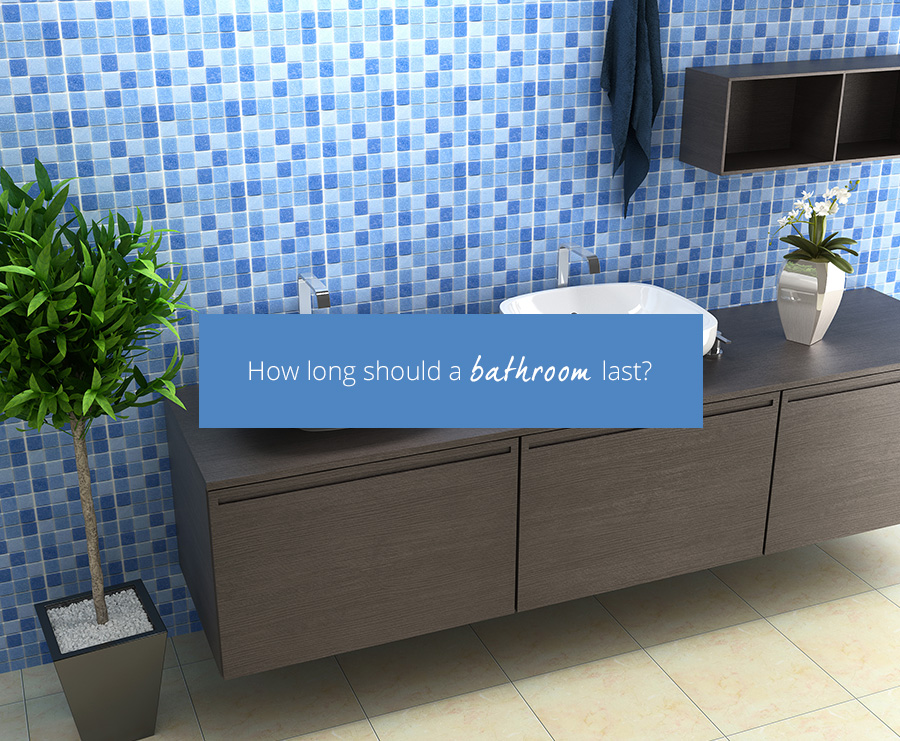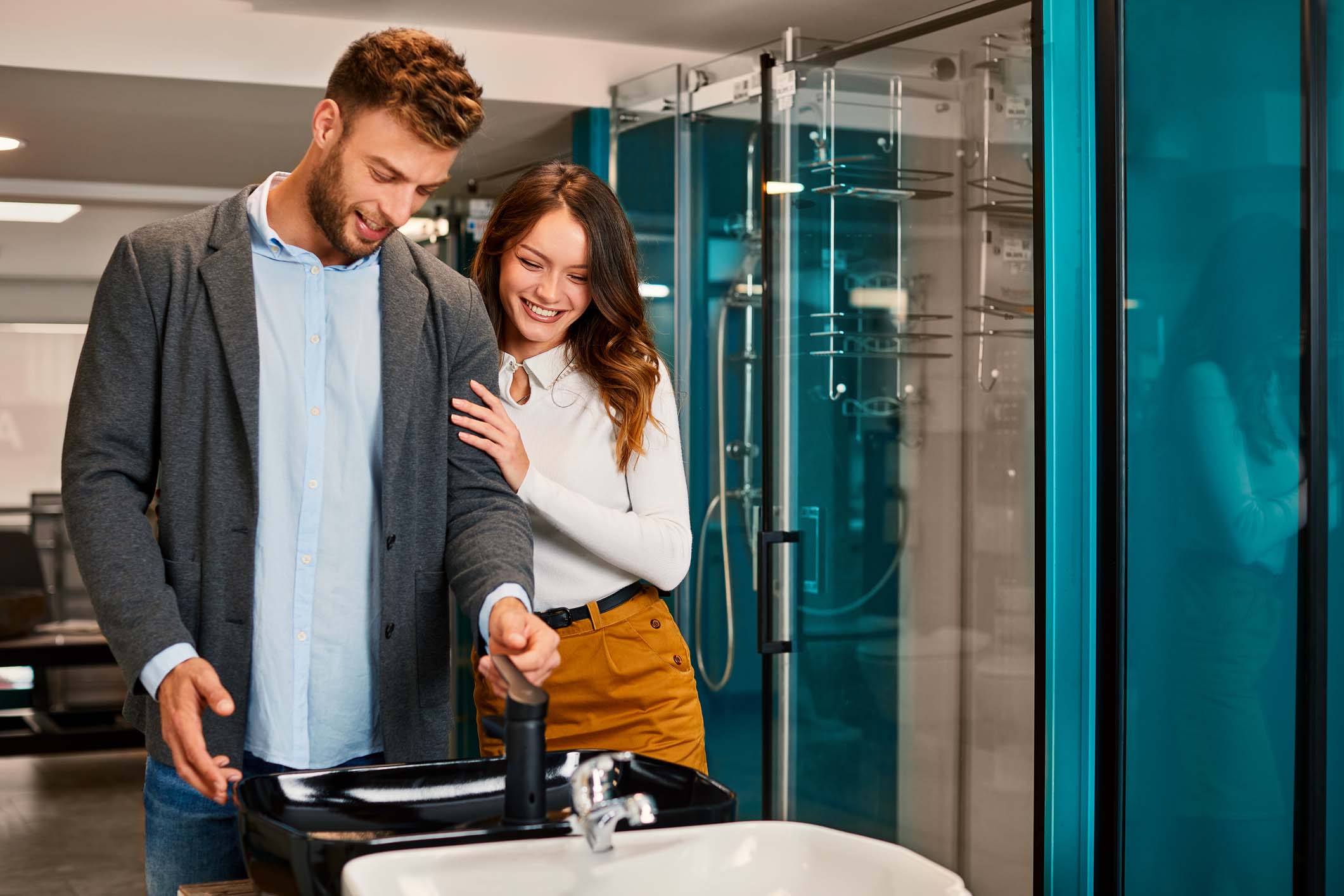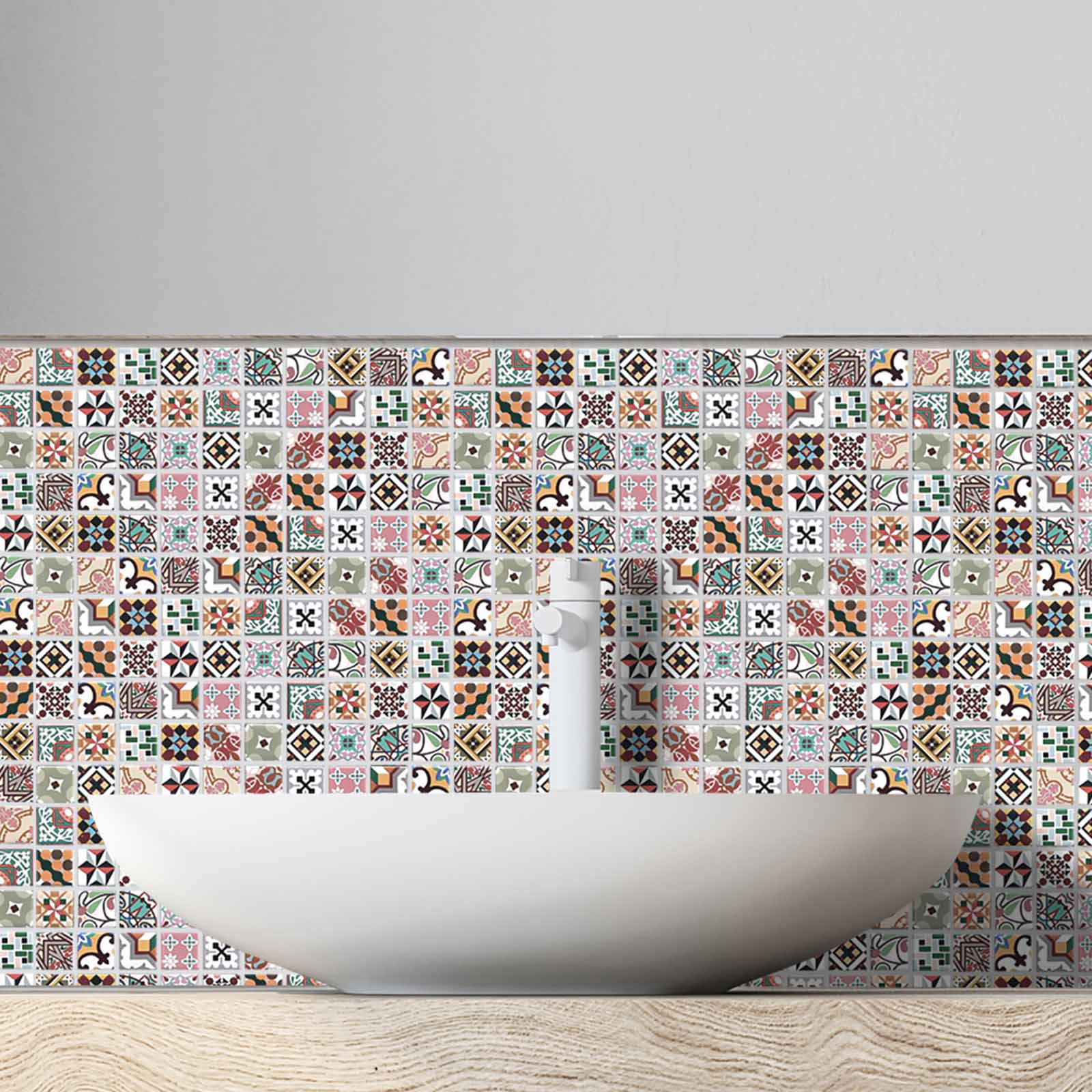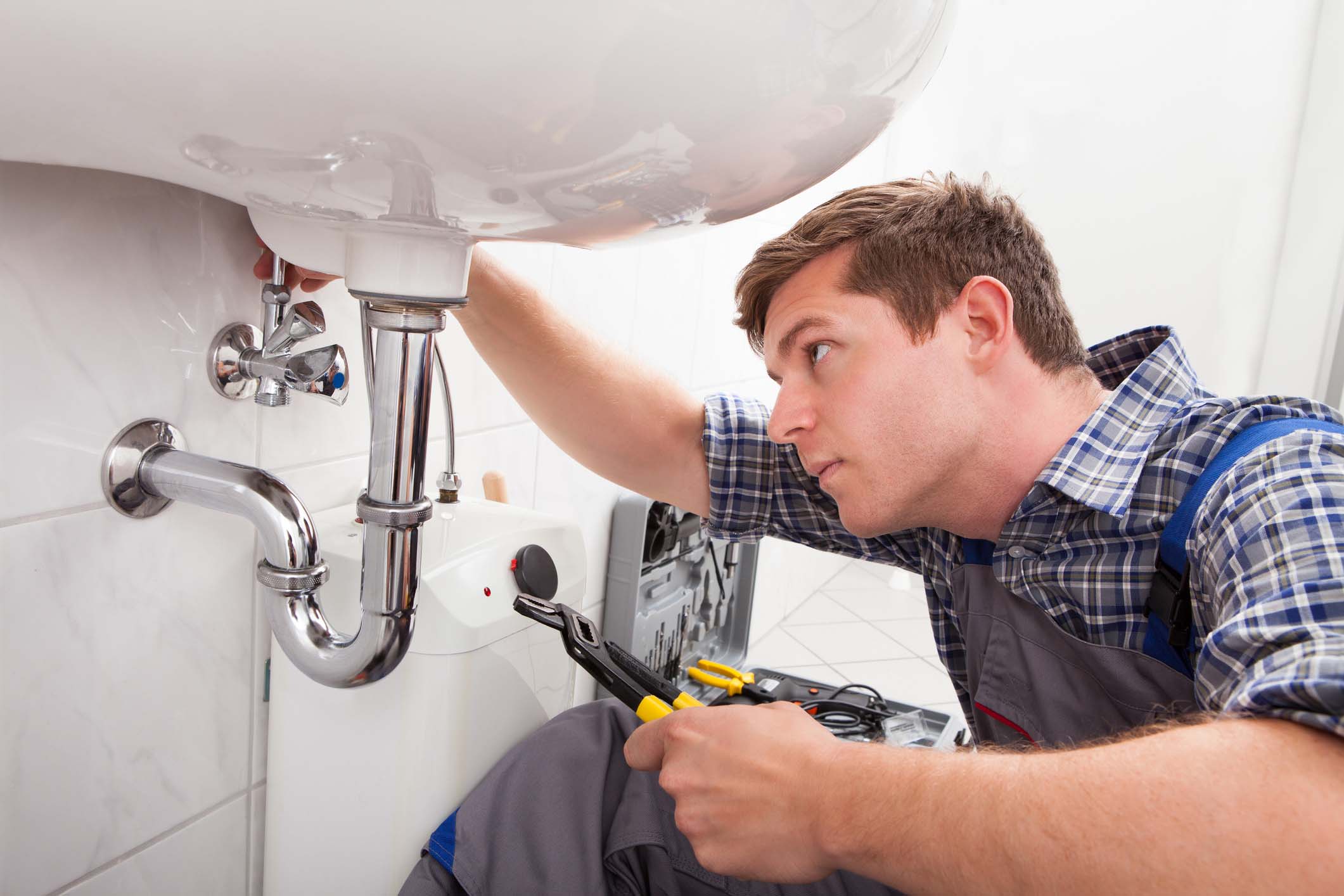How long should a bathroom last?
Investing in a main bathroom or ensuite is probably one of the costliest home improvements project a homeowner can undertake after the kitchen. Not only is a new bathroom demanding in terms of financial investment, but also in terms of time – researching and planning – as well as the disruption experienced during installation.

A bathroom refurbishment or renovation takes time, energy, and money. No wonder homeowners are keen to know how long their bathroom will last before they need to think about undertaking further work. However, it’s a tricky question to answer as there are so many factors to take on board.
On average a new bathroom should last a minimum of 8-12 years. Obviously some last more and others not so long but generally the key to a bathroom’s lifespan is the quality of materials used as well as the quality of the installation.
It’s not always necessary, however, to gut a bathroom and start again – especially if the spatial plan and ergonomics were well through initially. Smaller cosmetic alterations can often be the answer. Handles can be updated, tiles can be replaced, a new mirror can be hung, a splashback behind a basin or new window dressings can be installed to help alter the look and feel, and, of course, a lick of paint can go a long way.
Assume a full refurbishment is needed, then the key design and planning challenges faced are how to balance the long-lasting quality of the bathroom, its fixtures and fittings with a modern contemporary style that won’t date too quickly whilst making sure it’s practical and fit for everyday use.
Consider wear and tear:
In bathrooms, taps are most likely to suffer due to hard water and the build-up of limescale. Repair is generally straightforward and usually involves new washers or cartridges and spares are often held at manufacturers so best to explore this route before automatically installing a new tap.
Consider frequency of use:
The adage of ‘you get what you pay for’ also applies to bathrooms. Generally, the better the quality of products, the longer they will last. When investing in a bathroom think about how often you use and how long you expect each of the key elements to last which will help decide on route and how much to spend. Consider how easy the sanitaryware is to keep clean, how robust the hinges are, how good the aftercare support is for your shower etc.

Consider the bigger picture:
Extending or renovating a property is one of the key reasons for a new bathroom and is often the best time as new, or updated, services and electrics can often be undertaken at the same time as a lot of the other building work making it more cost effective. Moving house or putting a property on the market also prompts changes to bathrooms. Updates to a bathroom or ensuite can make the property a more attractive proposition to prospective buyers who know that these rooms are the costliest to renovate. Therefore, bear this in mind when changing the layout, keeping style and functionality top of mind.

Consider installation:
Unless you are a highly skilled DIYer, make sure sanitaryware is fitted professionally. Far too often expensive bathrooms are badly fitted which affects the finish. A well-fitted less expensive bathroom can also last longer so cutting corners on installation can be a false economy.

The Compare Network
Copyright – Insight Retail Group Ltd 2025 All rights reserved